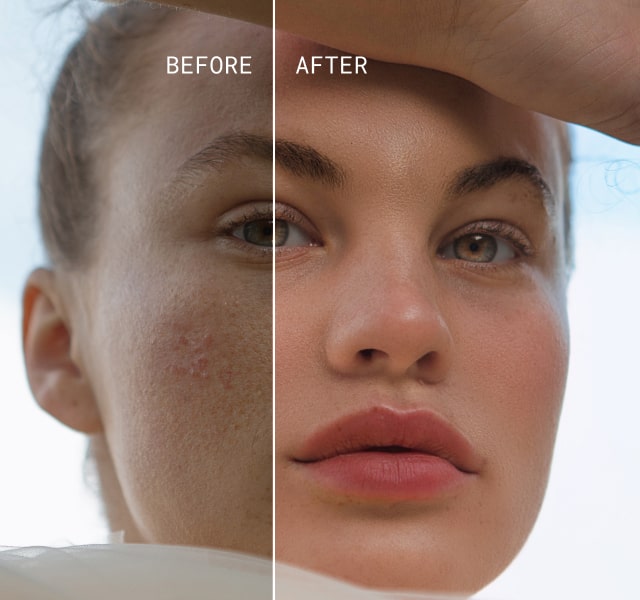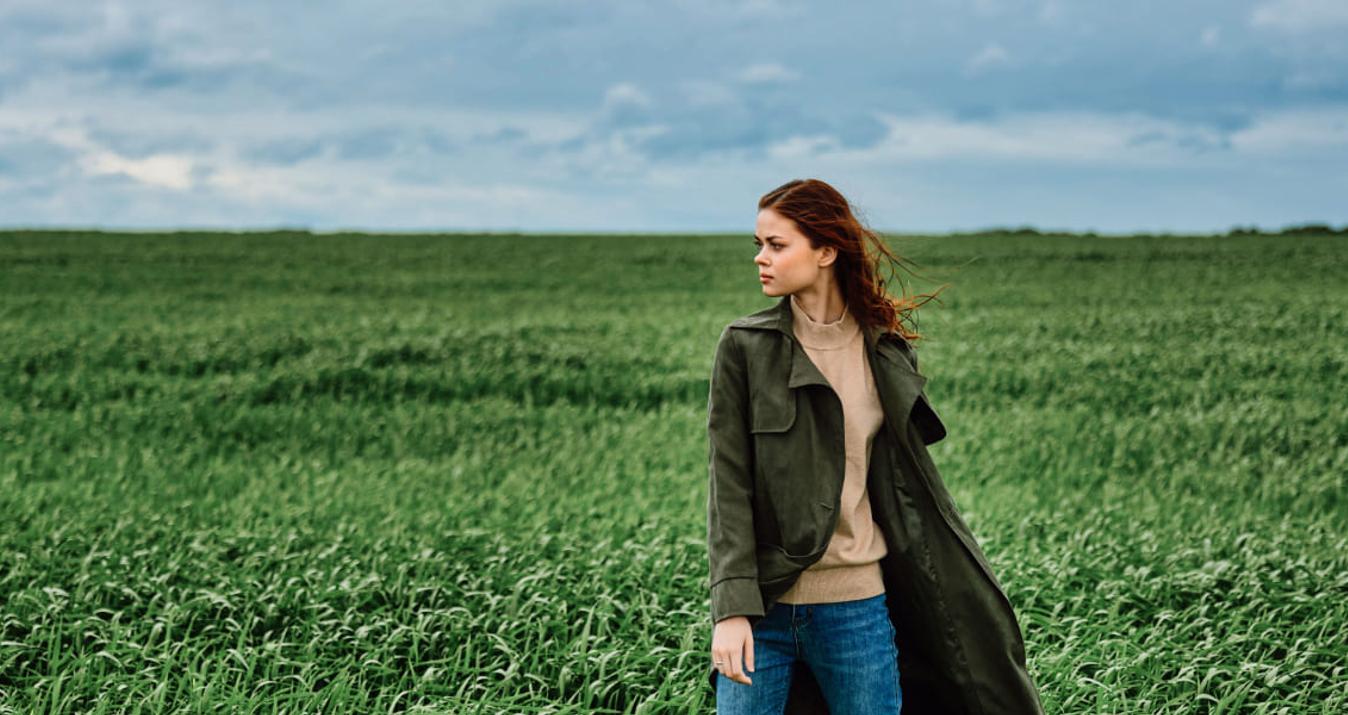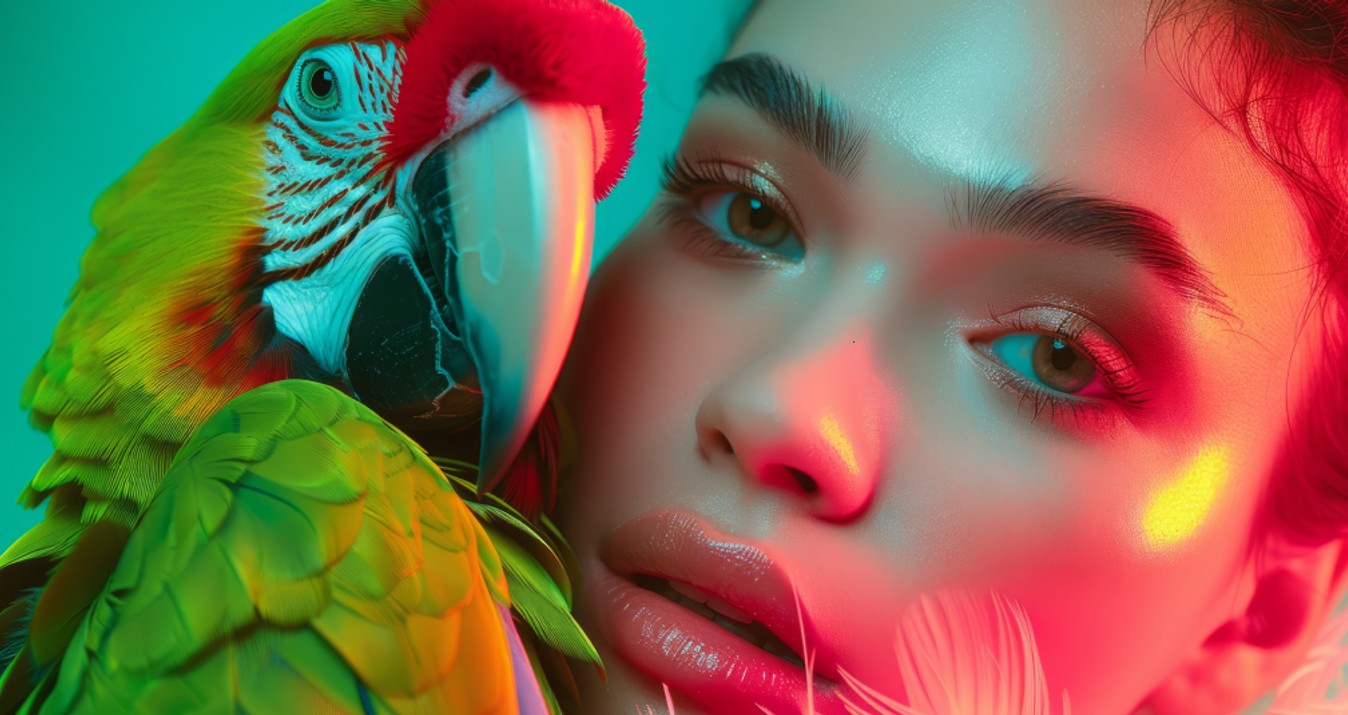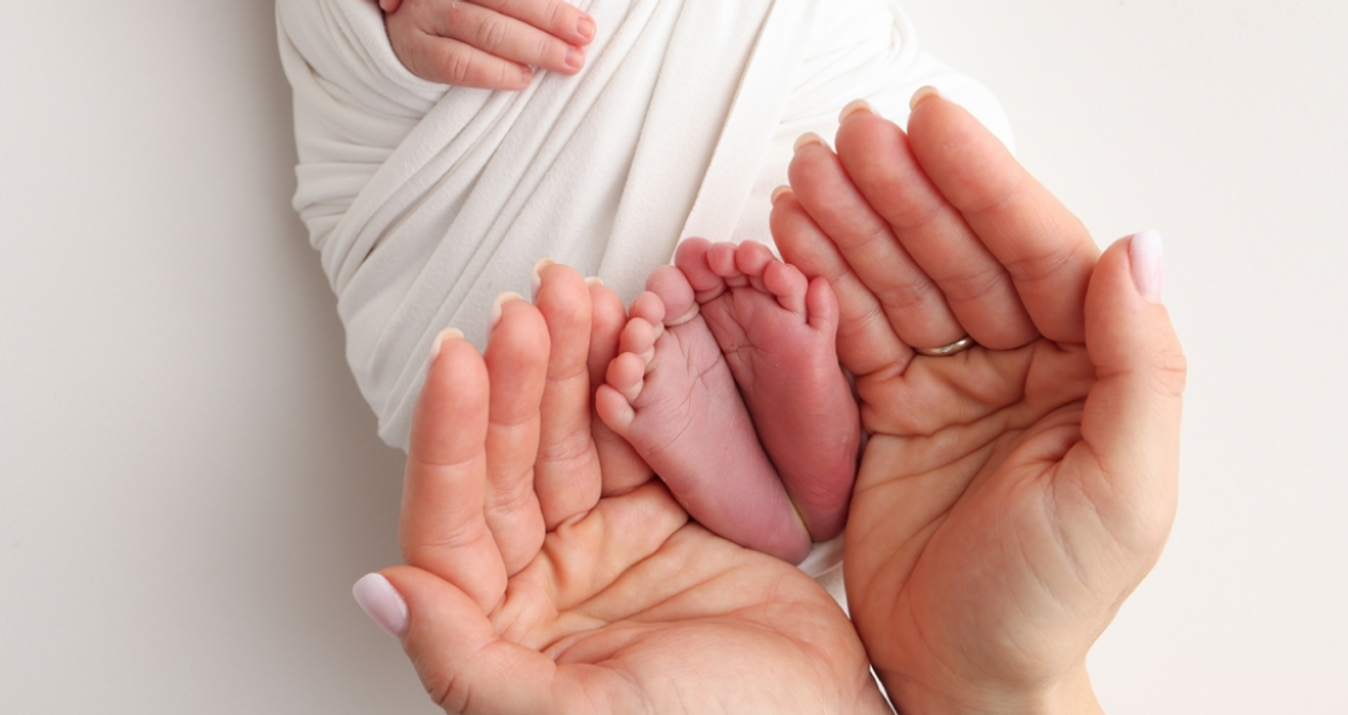Everything About Double Exposure Photography
August 29, 2025

Double exposure portraits have always fascinated me, the craftsmanship of precisely weaving two frames together and pushing the boundaries of what photography can achieve. The artistic styles that can be created allow photographers to tell stories in more dynamic ways, to show multiple emotions, and to blend colours and textures into something completely new.
Multiple exposure photography is not without its challenges. For beginners especially, it can be a long process of trial and error with plenty of frustrating results. It takes a lot of experimentation before the right formula is found, when all the components finally come together and a double exposure is presented beautifully and vividly in a single frame.
In this article, I’m going to guide you through how to take double exposure photos so they look professional. And don’t worry, digital photographers, I’ll show you how to get superb results as well. So, let’s get started.
Less Time Editing, More Time Creating
Try Aperty NowWhat Is Double Exposure
 Double exposure is the practice of exposing one frame with two individual shots. You’ve probably seen images where a person’s silhouette contains a sunset or cityscape, with both photos taken separately but intentionally to complement one another.
Double exposure is the practice of exposing one frame with two individual shots. You’ve probably seen images where a person’s silhouette contains a sunset or cityscape, with both photos taken separately but intentionally to complement one another.
It’s a technique that opens up more creative storytelling and adds a strong artistic dimension to composition building. I’ve always found it exciting, whether I’m working with film or digital. Shooting film comes with that sense of anticipation, as you won’t know the results until development, and the unpredictability makes it even more thrilling. With digital, you can see the outcome in real time, which means you can get very precise with your alignments.
There’s a real satisfaction in nailing the alignment and blending of two compositions, and once you achieve it, it’s easy to see why so many photographers get hooked on the process.
How Does Double Exposure Work
 Let’s first start with film, which has a formulaic approach to success. You need to underexpose each frame, typically by 1 stop, so that when the two images are combined, they equal one proper exposure. Here’s an example:
Let’s first start with film, which has a formulaic approach to success. You need to underexpose each frame, typically by 1 stop, so that when the two images are combined, they equal one proper exposure. Here’s an example:
You’ve metered a scene, and the correct exposure reads f/4 at 1/125 sec.
For a double exposure, you’d shoot it 1 stop darker: either f/5.6 at 1/125 sec or f/4 at 1/250 sec.
Shooting with wide exposure latitude films is preferable as it gives you more room for error if you accidentally over or underexpose a frame.
Digital shooting follows the same principle. I’ll talk you through some specific digital methods in the next section, but for now just remember that underexposing is key.
How to Do Double Exposures
 Now that you understand how double exposure works, let’s look at some practical ways to expose the same frame twice.
Now that you understand how double exposure works, let’s look at some practical ways to expose the same frame twice.
The classic approach with film is to shoot the whole roll, rewind it, and then shoot through it once more. This method is fun because of the unpredictability, and there’s a real sense of anticipation when you get the film developed. The downside is that the results don’t always line up well. To improve your chances, it helps to take notes about what you shoot on each frame or go into the session with a clear plan.
Another trick, though not possible on every camera, is to hold down the rewind button while advancing the lever. This prevents the film from moving forward, so you expose the same frame again. If your camera allows this, it gives you much more control since you can line up your shots precisely.
Some cameras make life even easier by including a built-in double exposure feature. A classic example is the Nikon FM2 which lets you do this with far less hassle.
For digital photographers, there are two main options. The first is editing studio photos with software such as Luminar Neo or Photoshop, where you can layer and blend images together. The second is to do it in-camera. Many modern cameras include a double exposure mode that lets you see your first image on the screen as you line up the second. Some even allow triple exposures and beyond.
Experiment with the methods available to you and see what works best. With time, you’ll discover which approach fits your shooting style.
Techniques and Creative Ideas to Try
Let’s run through double exposure examples for your first project. The key element to look for before starting any double exposure is contrast. It’s essential for getting a clean, intentional blend: the darker parts of your first image will be the areas where your second image shows through most clearly.
Why Silhouettes Work So Well
 This is why your first image often works best as a silhouette against a lighter background. Think of a backlit subject standing against the sky or a bright wall. When your base image is simple in composition, it allows the second image to be more detailed or complex — like a cityscape, a forest, or a textured pattern.
This is why your first image often works best as a silhouette against a lighter background. Think of a backlit subject standing against the sky or a bright wall. When your base image is simple in composition, it allows the second image to be more detailed or complex — like a cityscape, a forest, or a textured pattern.
Any dark area in your first image with a clear, defined outline can act like a container for the second image. If those dark areas aren’t deep enough, though, the blend can end up looking messy or accidental.
Inverting the Silhouette
 Some photographers flip the usual silhouette idea: instead of a dark subject on a light background, they shoot an illuminated subject against a solid dark backdrop. That dark backdrop can then hold the second exposure, creating a completely different visual effect and mood.
Some photographers flip the usual silhouette idea: instead of a dark subject on a light background, they shoot an illuminated subject against a solid dark backdrop. That dark backdrop can then hold the second exposure, creating a completely different visual effect and mood.
The Flipped Double Exposure Technique
 Another creative option is the flipped double exposure. Here’s how it works:
Another creative option is the flipped double exposure. Here’s how it works:
Shoot a landscape or cityscape with the skyline placed roughly halfway up the frame.
Block half the frame with a card so only the bottom half is exposed.
Rotate the camera and repeat the process.
The result is a mirrored scene, a surreal, upside-down reflection of the original.
Pushing the Concept Further
 Once you’ve mastered the basics, you can experiment more boldly. A few ideas:
Once you’ve mastered the basics, you can experiment more boldly. A few ideas:
Two different poses from the same model, positioned on opposite sides of the frame, can create a dynamic, almost cinematic look.
Vary your focal lengths for dramatic perspective changes.
Try long exposure portraits within the silhouette to blend motion and texture in unexpected ways.
Keep Contrast in Mind
 Whatever you try, always come back to the fundamentals: how is your first image composed in terms of contrast, and how will the second image interact with it?
Whatever you try, always come back to the fundamentals: how is your first image composed in terms of contrast, and how will the second image interact with it?
Taking notes can help, but in my experience, the best results come when you focus on one image at a time, either by using the rewind trick or by previewing the double exposure in-camera (if your gear allows it).
AI Editing at the Speed of Inspiration
Try Aperty NowCommon Mistakes to Avoid
 Mistakes are going to be inevitable with double exposures. It’s all part of the process, but you will start to learn what works for you and your particular camera. Eventually you go from one good shot per roll to a whole roll full of exciting double exposures.
Mistakes are going to be inevitable with double exposures. It’s all part of the process, but you will start to learn what works for you and your particular camera. Eventually you go from one good shot per roll to a whole roll full of exciting double exposures.
1. Not Underexposing Enough
Failing to underexpose your image is a common pitfall for beginners. If you’re shooting backlit subjects, you can easily achieve the required amount by making sure the backdrop is not overexposed, subsequently silhouetting your subject.
You are looking to get as much contrast as possible in that first shot so the outline is clearly defined. Careful light control is crucial here, as managing intensity and direction helps prevent highlights from blowing out and keeps shadows strong enough to shape your silhouette.
This is why it’s recommended to shoot in black and white when starting out, as it gives you better control over contrasting shades and helps you build a stronger understanding of the technique.
2. Jumping Into Color Too Soon
Colour can also let down your double exposures. By blending two frames together, colours need to be cohesive rather than clash. In fact, this is where the best double exposures shine, because there’s clear intent in the colour theory of the two images combining to make an aesthetically pleasing piece. So be mindful of the colours present in your images and work around them.
3. Making the Image Too Busy
Overly busy images can be tough for the viewer to understand. That’s why it’s always advisable to create a simple, minimal first image and fill it with interest in the next shot.
4. Misalignment Issues
Misaligning images can also be frustrating for beginners. You need to ensure you rewind your film to the precise same placement for the second exposure to avoid misalignment. That being said, I’ve seen some photographers double exposing a portion of the second frame to get some interesting results.
5. Forgetting to Experiment (Yep!)
This leads me to my final point. You just need to experiment and have fun. There’s no telling what you might discover in the process, and you may stumble across the next big trend in double exposure photography. You can emulate the work of classic pieces and from there branch out to see where this art form takes you.
The Bottom Line
 There’s nothing quite like the thrill of shooting double exposure. It’s creatively refreshing, letting you step beyond traditional photography and approach storytelling in a whole new way. While it can be technically challenging, it will eventually click, and you’ll find yourself getting stronger results. It’s all about pushing through those failed attempts.
There’s nothing quite like the thrill of shooting double exposure. It’s creatively refreshing, letting you step beyond traditional photography and approach storytelling in a whole new way. While it can be technically challenging, it will eventually click, and you’ll find yourself getting stronger results. It’s all about pushing through those failed attempts.
The key thing to remember is to underexpose your images and look for defined contrast, particularly in your first shot. The darker areas in that initial frame will be where your second frame is most visible, so be intentional about how the two exposures align.
So head out and have fun. Whether shooting with film or digital, embrace the anticipation and unpredictability of this style. Soon enough, you’ll see why it’s one of the most addictive ways to shoot.



